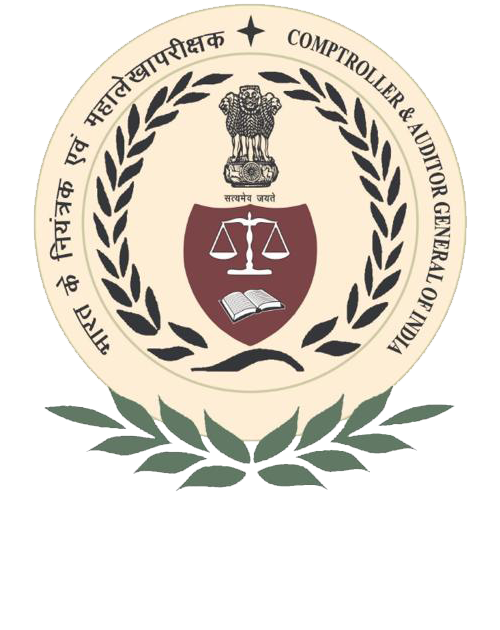Audit Reports

Railways
Report No. 29 of 2015 - Performance Audit on Union Government, Railways
Overview
In India, the Railways are the most preferred mode of transport both for the movement of people and goods consignments in bulk. Indian Railways aimed at zero tolerance to accidents through implementation of Corporate Safety Plan (CSP) (2003-13) and Indian Railways Vision 2020.
Key Findings:
The CSP envisaged bringing down the number of accidents by 80 per centfrom 2001-02 by 2013, but number of accidents went up by 160 per cent during the above period. The loss of human lives in Fire accidents in passenger coaches steeply increased from 3 in 2001-02 to 9 in 2011-12, 32 in 2012-13 and 35 in 2013-14.
The Research Designs and Standards Organisation (RDSO), the agency responsible for prescribing specifications for fire retardant materials did not have their own laboratory facilities and the proposal (2006) to create state of the art laboratory is still in nascent stage. The fire simulation software procured in 2010 at a cost of Rs. 1.5 crore, meant for optimisation of coach design could not be put to optimum use due to non-availability of testing facilities.
There is no clear roadmap drawn by RDSO/Railway Board to match the international trends as envisaged in the XII plan document on safety. RDSO has been guided by the norms of International Union of Railways [UIC] for developing specifications for fire retardant materials. In 2006 RDSO envisaged that these specifications were only an intermediary step and ultimately fire retardant norms have to be further upgraded to the latest international norms. The present UIC norms are being phased out in major International Railway systems and being replaced with new fire safety standard EN-455451 which envisage testing of the coach/ assembly as a whole to see the overall impact of smoke, heat and toxic gases on passengers. However, after eight years, only the global tender to develop state of the art facilities for testing fire retardant properties was floated in February 2014.
Audit noticed that RB did not enforce its instructions on shifting of junction boxes to Guard’s cabin in SLRs, the removal of bottom latches of doors of passenger coaches, sufficient availability of locking arrangement for rotary switch panels in a number of coaches, non-provision of glass breaking hammers in AC coaches etc. during coach maintenance.

